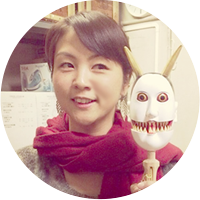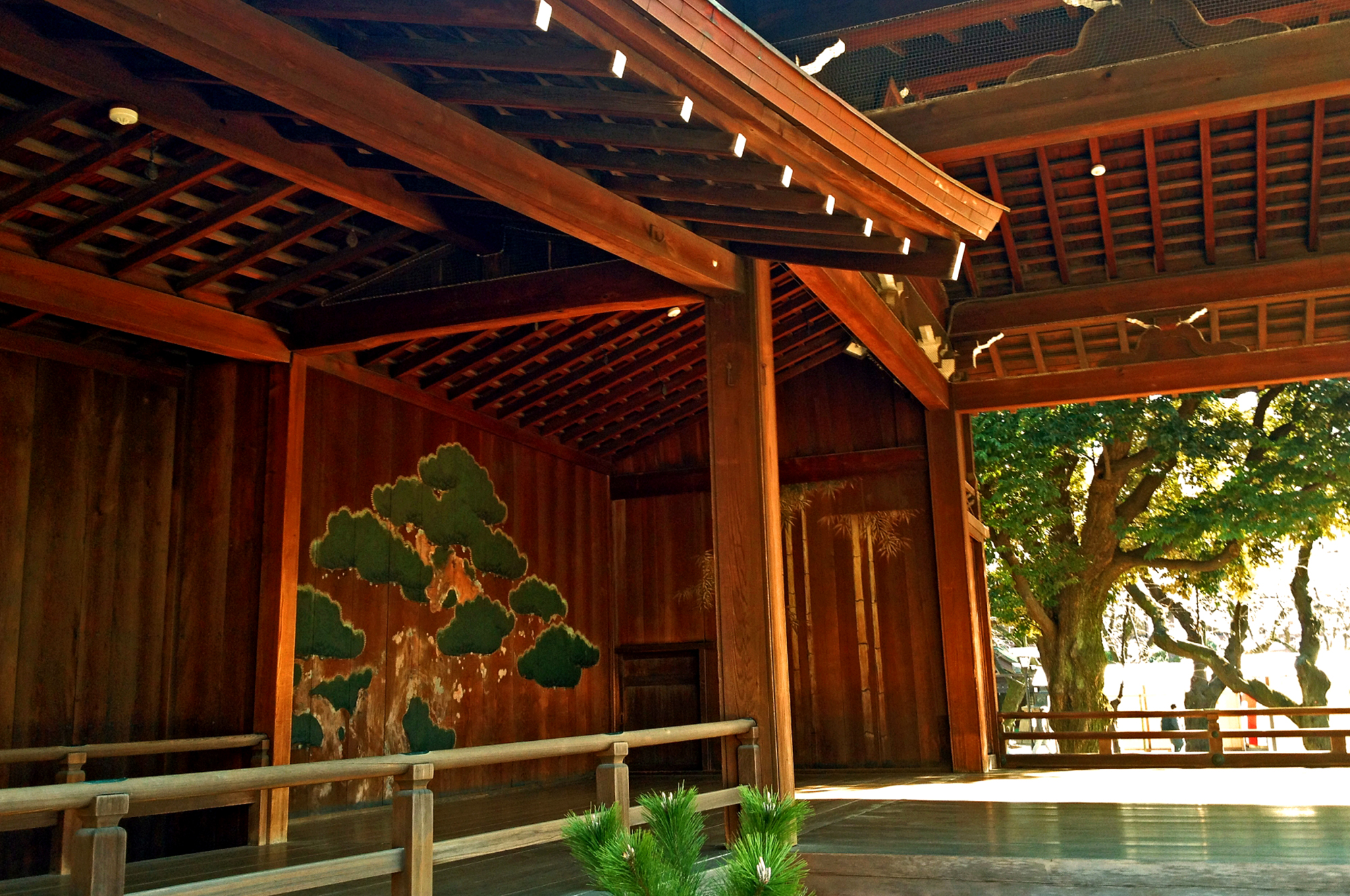Basic Understanding 1
Beginner’s Privilege? -- How to enjoy Noh lively

AuthorYuki Ishida

Noh is an absolutely intellectual art performance in the sense that it becomes much more enjoyable if you have the knowledge of Japanese classics and history. Although, you can also have fun from the difficulty of understanding Noh itself, in the same way that the life is interesting because it is hard to live.
It should be the privilege for the beginners to enjoy Noh in intuitive and wild manner only using your senses of site, hearing, and imagination, without depending on any preliminary knowledges, captions, or audio guides. (I recommend you, though, to at least read through the story line on the flyer before seeing the Noh play.)
Noh is a really brilliant performing art. It has various points which may make your antenna go up. In“Hakobi”, the player wearing white Tabi socks beautifully shuffles across the stage. In “Ohayashi”, the audience goes into a trance by a harmonious combination of four Japanese traditional musical instruments,, called fue, kotsuzumi, Ohtsuzumi and taiko. In “Utai”, the chorus chants with a distinct melody to explain the situation and the drama of the play instead of player’s line. And “Noh-men”(mask) is really beautiful as an art object. You can find such interesting points without forcing yourself to interpret it, only if you have a sense required to enjoy not only Noh but also any artistic performance.
When you hope to see Noh again after the first experience, it is the best time to know the story much deeper. Approaches for this goal are variously different according to the degree you want to “understand”: Read the script (Noh chant book: Utai-bon) above the story line on the flyer; Find the original story; Join a preliminary lecture for the performance you are going to see; and so on.
To fully enjoy Noh, though, it is the most important to see Noh over and over again. A same plot will be totally different depending on players. To appreciate the depth of the Noh performance and the individualities of players, you can rely only on your “eyes” even when you fully understand the story.
Almost all Noh performances are one-day events unlike Kabuki or other seasonal run performances. It is just like the Japanese saying “Ichi-go ichi-e (one chance in a lifetime)”. Any reason is welcome to visit Noh theater: fascinating poster or flyer, attractive plot or player, famous Noh stage (Noh theater), or no plan to do by chance... You cannot see the same performance again!